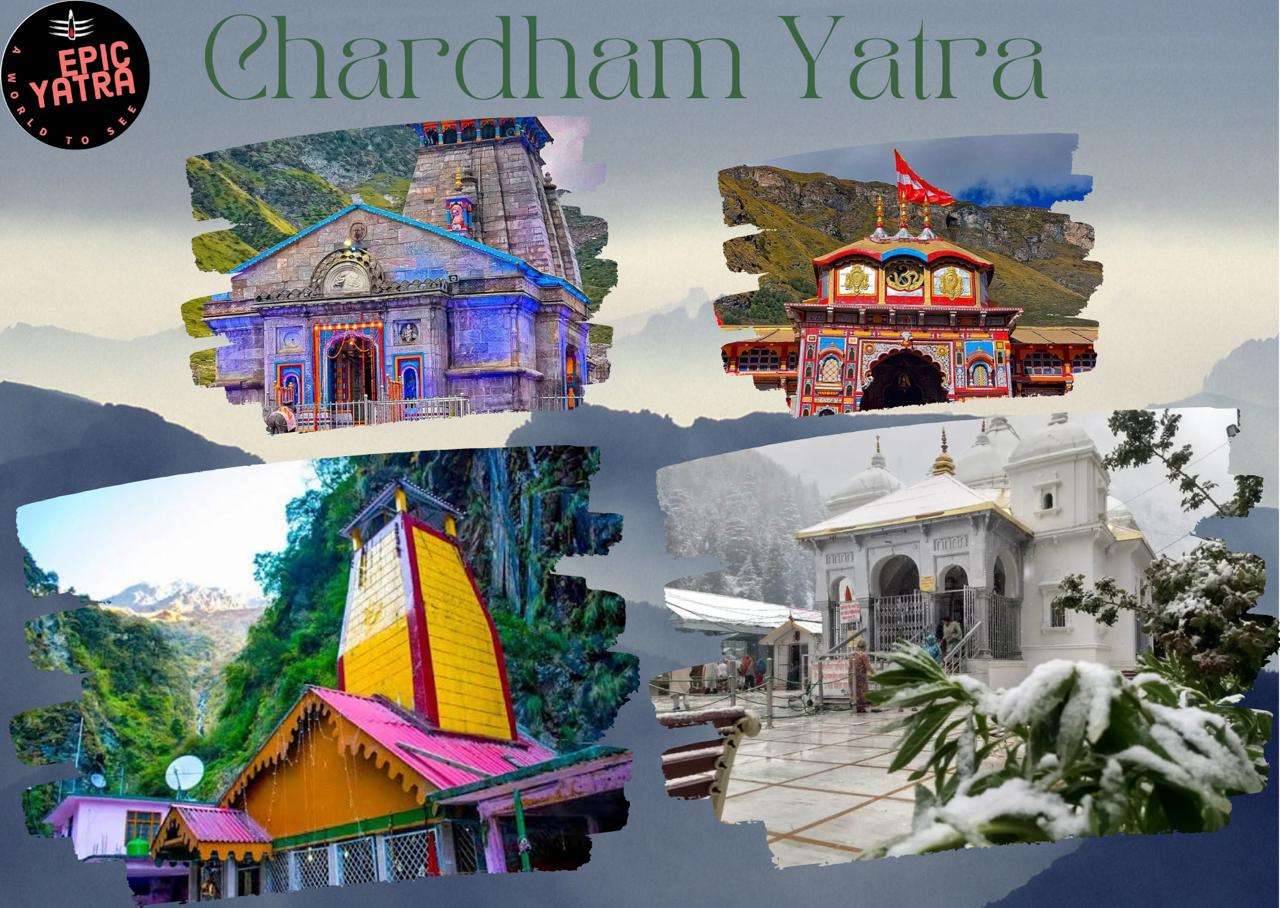Option 1: Morning after breakfast, Check-out from the hotel for Badrinath Darshan (30 kms / 2-3 hrs). Pilgrims can have a bath in the Tapt Kund and the Darshan of Badrivishal & Aarti in evening. Brahamakapal is significant for Pinddan Shraddh of ancestors (Pitrus). There is other interesting sightseeing spot like Mana, Vyas Gufa, Maatamoorti, Charanpaduka, Bhimkund and the “Mukh” of the Saraswati River. Just within the three kms of Badrinathjee. Dinner & Overnight stay at Badrinath.
Option 2: (If Trekked) Morning check-out the hotel from Sitapur and proceed to Badrinath (180 kms / 8-9hrs). En-route visit Ukhimath (Winter adobe of Kedarnath Ji). On arrival pilgrims can have a bath in the Taptkundhave and the Darshan of Badrivishal & Aarti in evening. Brahamakapal is significant for Pinddan Shraddh of ancestors (Pitrus). There is other interesting sightseeing spot like Mana, Vyas Gufa, Maatamoorti, Charanpaduka, Bhimkund and the “Mukh” of the Saraswati River. Just within the three kms of Badrinathjee. Dinner & Overnight stay at Badrinath.
Badrinath: Near the Alakhnanda river, this highly auspicious temple belongs to Lord Vishnu. it is one of the Char Dham, and therefore, the place of utmost importance in Hinduism. This temple is at a height of 10,279 feet. The lofty snow-clad Himalaya that surrounds this Dham, makes it look amazingly beautiful. It was Adi Sankaracharya who established it. The Badrinath temple has a Tapt Kund, which is highly auspicious and has some unbelievable medicinal properties. The Alakhnanda river originates from here. It is placed between the mountain ranges of Nar and Narayana.
Mana Village: Mana Village the perfect place for trekking, is the last village of India. This beautiful village is very nearer to the Badrinath, and therefore, a must-visit place during your visit to the Badrinath. This village has some highly famous caves such as the Vyas caves and many more. The Vyas cave belongs to the Mahabharata Period. Also, all other caves here, have some great religious and historical importance.
Vasundhara: The Vasundhara waterfall is 5 Km away from the Mana Village, and very nearer to the Badrinath Dham. As per belief, if you have ever committed any evil work, this waterfall will divert away from you.
Bhim Pul: This stone bridge on the river Saraswati does actually belongs to the Mahabharta Period. As per belief, it was Bheem (One of the Pandavas) who built this bridge so as to cross the river Saraswati. The Stone natural bridge and the Saraswati river gushing through it makes this place look stunning and beautiful.
Vyas Gufa: The famous Gufa whereas per belief, Maharshi Vyas spoke the Mahabharta, and lord Ganesha wrote that. It is near the Mana village.

